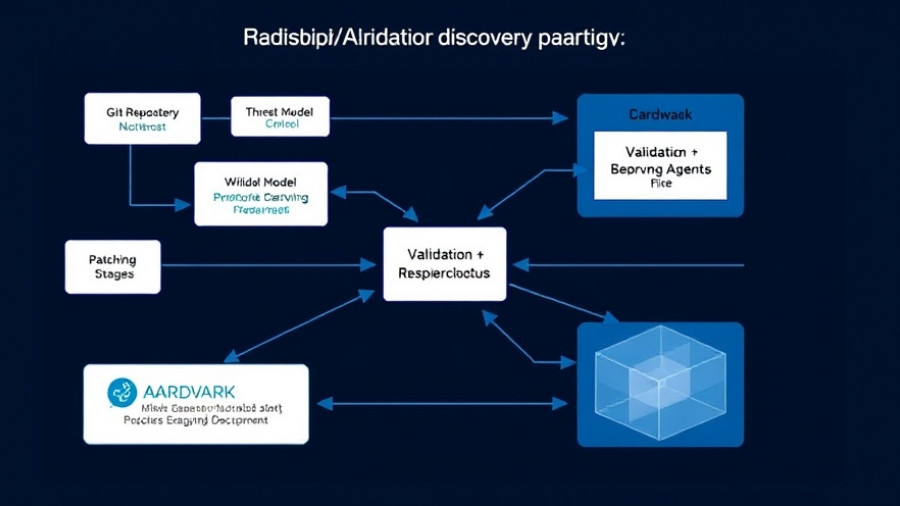
The Growing Challenge of Scaling Enterprise AI
Artificial Intelligence (AI) is transforming industries at an unprecedented pace, but scaling enterprise AI remains a complex and often frustrating challenge. Recent studies have highlighted that while individual productivity gains are being realized through Generative AI, the broader enterprise context is proving more elusive. A significant focus is needed on enhancing enterprise productivity rather than merely augmenting individual tasks.
Understanding the Enterprise AI Landscape: Key Findings
According to Gartner, a staggering 40% of agentic AI projects are expected to be canceled by 2027 because of rising costs, vague business value, and poor risk management. Anushree Verma, Gartner’s Senior Director Analyst, points out that many organizations fall victim to the hype surrounding these technologies, often resulting in experimental projects that fail to advance. "They need to cut through the hype to make careful, strategic decisions about where and how they apply this emerging technology," Verma suggests.
Moreover, an MIT study revealed that despite $30-40 billion invested in Generative AI initiatives, a staggering 95% of organizations report getting no returns. Only 5% of integrated AI pilots yield significant financial benefits. This alarming statistic is supported by the analysis of over 300 publicly disclosed AI initiatives, along with interviews and surveys from senior leaders across diverse industries.
Why Most AI Projects Struggle to Scale
Although tools like ChatGPT and GitHub Copilot are gaining traction, enabling enhanced individual productivity for over 80% of organizations exploring or piloting them, they often fail to impact overall profitability. Factors contributing to enterprise struggles include:
- Brittle workflows that inhibit flexibility and adaptation.
- Insufficient contextual learning, which affects the relevance of AI outputs.
- Misalignment with daily operations, making it difficult for AI to integrate seamlessly into existing processes.
Establishing a Solid Data Foundation
To realize successful enterprise AI scaling, building a robust data architecture is paramount. Effective AI deployment fundamentally depends on the quality of data. As the old saying goes, "Garbage in, garbage out." This principle underscores the importance of organizing structured and unstructured data effectively before introducing AI technologies.
Creating industrial knowledge graphs can help in contextualizing data, allowing AI agents to locate the information they need to operate successfully. This preliminary step provides immediate benefits, such as enhanced dashboards, quicker response times, and overall gains in operational productivity.
Best Practices for Enhanced AI Deployment
If businesses aspire to elevate their AI initiatives, here are essential strategies to consider:
- Data First Approach: Begin with organizing and optimizing your data before adopting AI models. This ensures the AI systems have the right information at their disposal.
- Iterative Learning: Implement AI in phases, continuously learning and adapting based on feedback and results.
- Cross-Functional Collaboration: Establish teams across departments to foster a comprehensive understanding of AI’s potential applications and limitations.
A Positive Outlook on AI Agents
Despite the current landscape filled with challenges, AI agents hold substantial promise for industrial contexts where complexity prevents traditional programming methods. Their ability to parse vast amounts of information, identify key pieces, and assist in decision-making processes positions them as vital tools in the future of enterprise technology.
However, as organizations venture into this territory, it’s essential to remain realistic about the challenges and remain vigilant against the pitfalls of overly ambitious projects without solid data backing. As Michael Johnson, an expert in technological advancements, frequently emphasizes, the transformative power of technology lies in its potential to improve lives and operations, but only if deployed thoughtfully and strategically.
 Add Row
Add Row  Add
Add 




Write A Comment